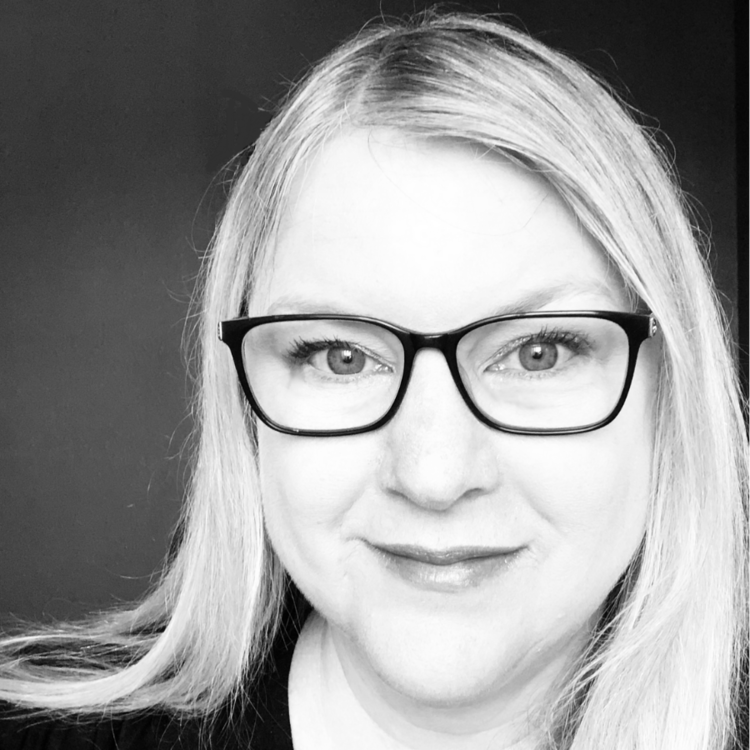Stop Throwing People at Product Gaps: How CS Leaders Can Drive Scalable Change
By Kristen Hayer
In many customer success organizations, there is an unspoken pattern. When the product falls short, the CS team fills in the gaps. A feature doesn’t work as expected? The CSM writes a workaround. A critical integration is missing? Professional Services builds a one-off solution. A customer is frustrated? Support absorbs the fallout.
These fixes may solve problems in the short term, but they add up. Over time, CS teams become overextended and under-leveraged. Instead of driving strategic outcomes, they are stuck with firefighting issues the product should solve. The organization leans more heavily on people to mask product problems, which ultimately slows growth and hurts customer trust.
This is not a sustainable path. And more important, it is not a CS team’s job to permanently bridge these gaps. It is the responsibility of CS leaders to elevate these issues and influence change at the product level.
Recognize the Pattern
Most CS leaders inherit this dynamic without question. It can feel like part of the job. After all, you want to protect the customer relationship. But when your team becomes a buffer between product limitations and customer expectations, you are actually protecting the wrong thing.
By absorbing the cost of product shortcomings, you prevent the rest of the organization from seeing the full impact. That makes it harder to secure the product changes that would drive meaningful improvement for customers.
What starts as helpful becomes harmful. Teams work harder, but the experience remains broken.
Product and CS Need More Than Anecdotes
CS and product leaders both care about the customer. But they operate in different rhythms. Product teams make decisions based on strategy, themes, capacity and tradeoffs. CS teams focus on real-time feedback and live customer issues.
This disconnect can lead to frustration on both sides. CS says, “Our customers are demanding this.” Product says, “That’s not in the plan.” Both are right. But neither is solving the root issue.
To move forward, CS leaders need to shift from emotional escalations to structured influence. That starts with building business cases that product leaders can act on.
Make the Case for Change
Here’s a practical approach to helping CS teams influence the roadmap using business language:
Quantify the impact. How many accounts are affected? What is the dollar amount tied to those accounts? How many hours are CS, support or services spending to patch the problem?
Link to outcomes. What goals are customers unable to reach because of this gap? Tie the issue to the outcomes your company promises to deliver.
Compare the cost. Show the difference between throwing people at the issue versus fixing it in the product. Include both internal costs and customer dissatisfaction where relevant.
Tie to strategic themes. Connect your request to existing product priorities, roadmap categories or leadership goals.
Keep it tight. Aim for a one-pager or short slide. The best business cases are clear and efficient.
This is not about telling your product team what to do. It is about helping them understand the business case behind the feedback. When presented clearly, these cases can elevate CS from noise to signal.
Build the Right Engagement Model
To make this work long term, you need more than one-off escalations. You need a system.
Set up a regular cadence between CS and product leaders to review customer-impacting issues.
Train CS team members on how to structure and submit business cases.
Use a shared template or workspace to make submissions easy to find and compare.
Track the results of business case requests over time. Look for patterns. Highlight wins.
Celebrate successful product changes influenced by CS so the team sees the impact of their efforts.
Done right, this process helps everyone. Product gets better data. CS feels heard. And customers see improvements that matter.
Elevate the Role of CS
Customer success is not a patch for product problems. It is a strategic function that exists to deliver long-term value to customers and to the business.
When CS leaders continue to throw people at product gaps, they limit their teams and mask deeper problems. But when they step into a strategic role and make the business case for change, they unlock a better path forward.
Scalable companies do not rely on people to make up for product shortfalls. They align their teams, listen to feedback, and prioritize improvements that reduce friction for everyone.
The next time your team is stretched covering for a product issue, don’t just solve it. Document it. Quantify it. And make it your job to drive the change your customers actually need.
The Success League is a customer success consulting firm that helps build and develop top performing customer success teams. To learn about our consulting, coaching, and certification offerings, visit TheSuccessLeague.io.
Kristen Hayer - Kristen founded The Success League in 2015 and currently serves as the company's CEO. Over the past 25 years Kristen has been a success, sales, and marketing executive, primarily working with scaling tech companies, and leading several award-winning customer success teams. She has written over 100 articles on customer success, and is the host of 3 podcasts about the field. Kristen has served as a judge for the Customer Success Excellence awards, and is on the board of several early-stage tech companies. She received her MBA from the University of Washington in Seattle, and now lives in San Francisco.


